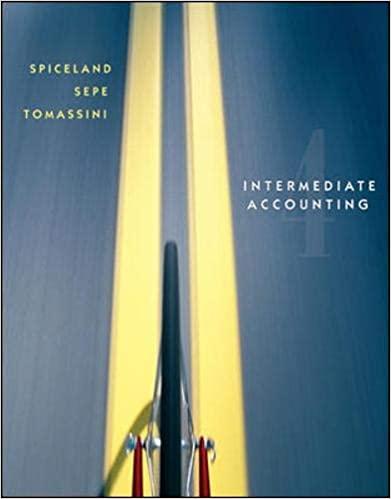Question
Consider the following one-shot simultaneous game (three actions for each player is the maximum we will consider in this subject, but once you get on
Consider the following one-shot simultaneous game (three actions for each player is the maximum we will consider in this subject, but once you get on top of this, you will see that even large gamesPhil A 6, 4 1, 2 5, 5 B 5, 8 4, 8 6, 2 C 6, -2 2, 0 5, -1 a. Before solving the game, put yourself in the position of Phil and write down your action. Then independent of that, put yourself in the position of Cindy and write down your action. b. State all the dominated strategies in the full game, by which strategy they are dominated, and whether weakly or strictly. c. What is the equilibrium outcome by dominance (by elimination of dominated strategies), if any? d. What are the pure strategy Nash equilibria of this game? Pick one and explain precisely (prove) why it is the Nash equilibrium. e. Argue which NE is more likely and why. You can then relate this argument to your play in part a. f. Prove that the (C, D) outcome is not a NE. g. Assume Phil is the leader and Cindy the follower. Solve the game by backwards induction. What
Step by Step Solution
There are 3 Steps involved in it
Step: 1

Get Instant Access to Expert-Tailored Solutions
See step-by-step solutions with expert insights and AI powered tools for academic success
Step: 2

Step: 3

Ace Your Homework with AI
Get the answers you need in no time with our AI-driven, step-by-step assistance
Get Started


